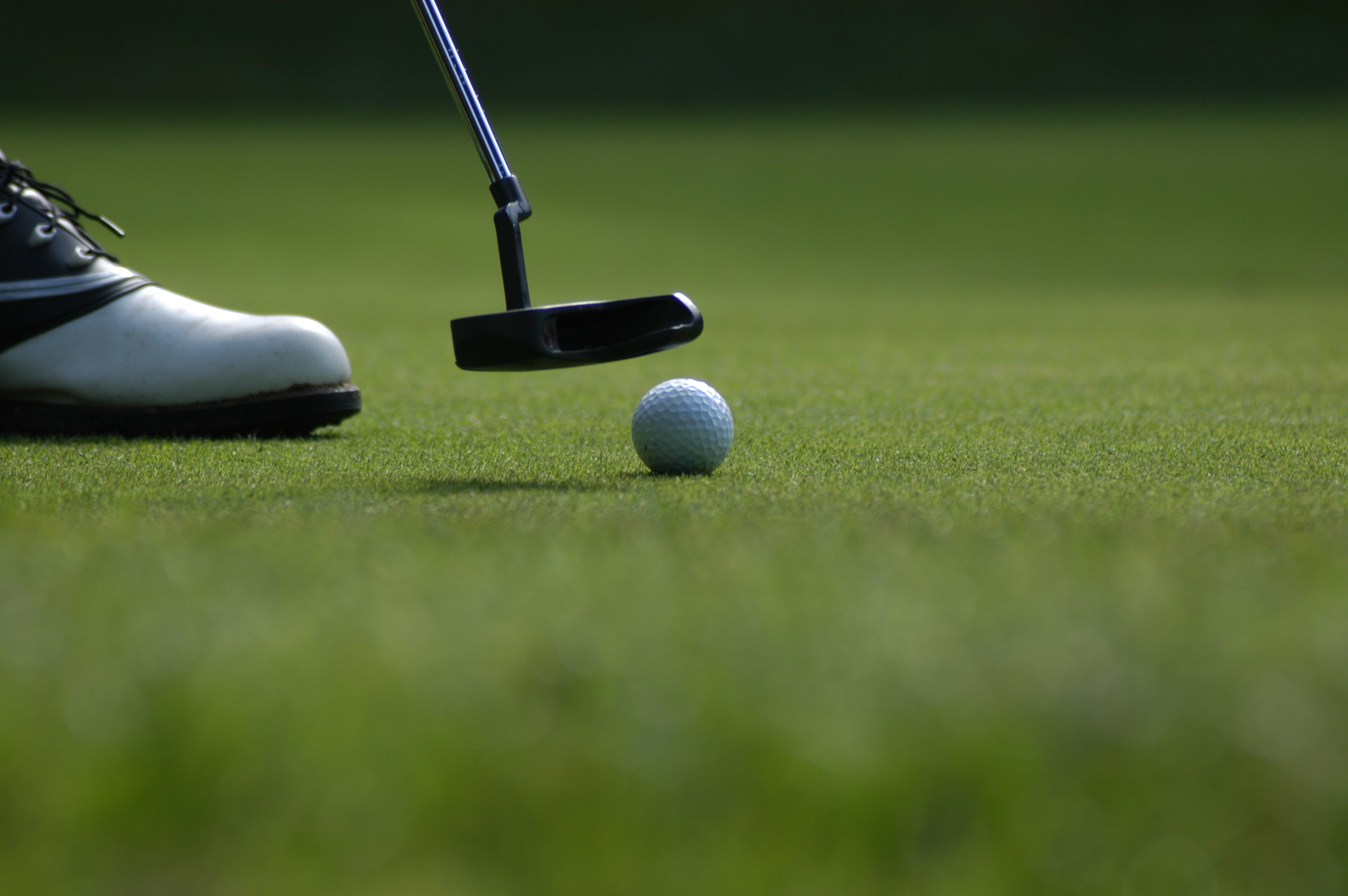If you are a passionate golfer, you would always be on the lookout for methods or equipment that can help you improve your game.
In golf, the slightest of details can make or break the make. From the grass to wind resistance to angles, there are a lot of factors to consider before taking a swing. Even more, choosing the right club, grip, and driver is another crucial deciding factor.
One such essential golf club is the putter, which is used to make relatively short and low-speed swings when you simply want the ball to roll into the hole. Even the way your putter is shafted can drastically impact your stroke.
While selecting the type of putter, you need to consider many factors, such as arc, head design, face type, center shaft putter, or a heel-shafted putter.
So, here are some essential areas you need to pay close attention to before choosing the right putter.
1. Head Design
Mainly, there are only three types of head designs; blade, peripheral-weighted, and a mallet.
- Blade putters are typically meant for players who have straight putting strokes. These putters are ideal for fast greens and work best under a feather-weight hand.
- Peripheral-weighted putters are lighter and thinner than blade putters and have additional weight in the heel for more forgiveness (room for error).
- Mallet putters are the most forgiving because their deep head design gives them a lower center of gravity, improving their performance even if you hit off-center.
2. Balance of the putter
There are only two types; face balanced putter and toe balanced.
The face of a face-balanced putter will be upwards to the sky when balanced on your finger. The putter will extend less on the backswing and contract less on the follow-through with the center of gravity precisely below the shaft axis.
Whereas the toe of a toe-balanced putter will point to the ground when balanced on your finger because its center of gravity is not below the shaft’s axis. Toe-balanced putters are best suited for golfers having an arc in their putting stroke.
3. Shaft and Hosel
There are three types of shaft positions, heel, hosel offset, and centered.
Heel shafted putters have a hosel that connects the shaft with the corner most region of the putter.
A center shafted putter is connected with the shaft directly from the dead center of the head. It is best suited for players who keep their eyes right above the ball.
4. Length of putters
Finding the correct length of your golf clubs can drastically improve your stroke, consistency, and confidence. While deciding the length, a rule of thumb is that your arms should hang naturally when you are in the stance to putt.
As per the guidelines, the minimum length of a putter should be at least 18 inches, and there are no rules on the maximum length.
Traditional length putters are 32 to 36 inches long and are the most common ones used by professionals.
5. Lie Angle
The angle between the sole and the putter shaft is called the lie angle of a putter, and ideally, it must be seventy degrees.
It becomes challenging to putt if the lie angle is offset by more than a couple of degrees.
When you’re in your regular putting stance, the putter’s sole should be flat against the green. If either the heel or the putter’s toe snags the ground at impact, it will cause the putter’s head to twist and turn.
Other than these factors, deciding the grip is also important. But more than a functional choice choosing a grip is rather a personal preference.
